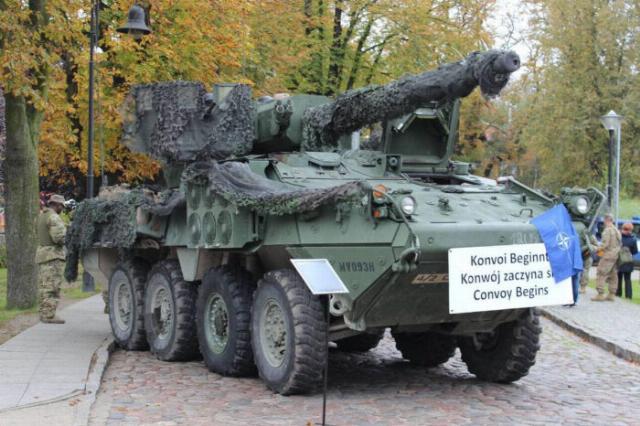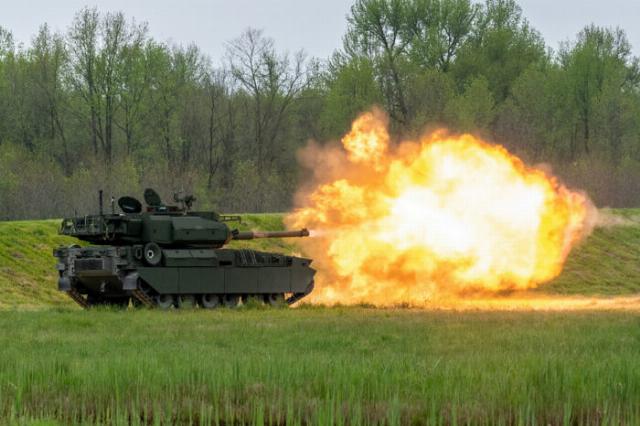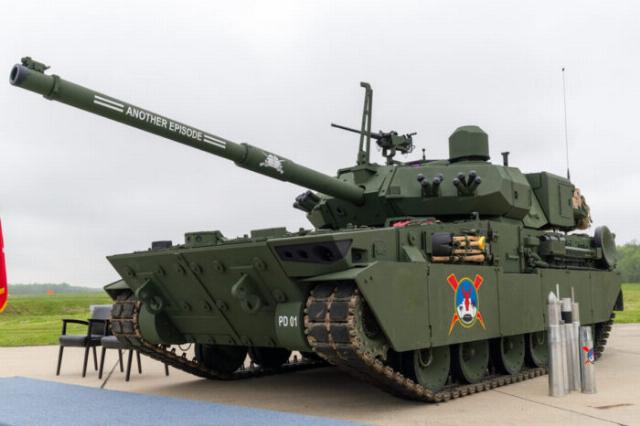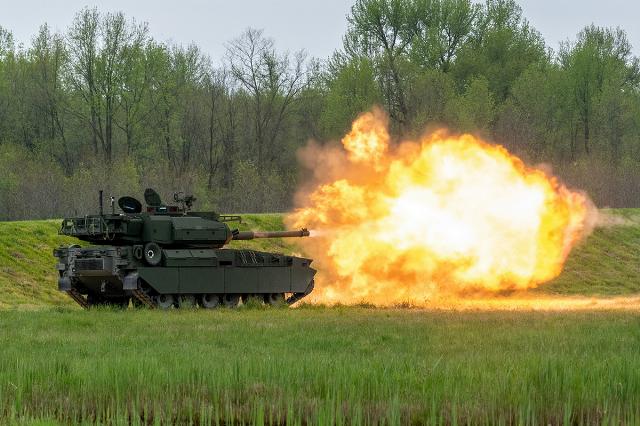Fire support vehicles (MOS) are distinguished from other armored combat vehicles by several factors. MOS are often based on existing wheeled (usually 6×6 or 8×8) or tracked armored personnel carriers or infantry fighting vehicles, which are modified with a turret armed with a large-caliber cannon. As a result, they have lighter armor and are lighter than the main battle tank (MBT). Because of this, they are often referred to as "light tanks".
However, the name "tank" can be misleading, as these vehicles do not have enough protection to act as a "real" tank when breaking through defenses or fighting heavily armored targets. Despite the fact that MOS are often based on the same platform as armored personnel carriers or infantry fighting vehicles, as a rule, they are not capable of transporting a motorized infantry squad.
Historically, their main armament is usually of a smaller caliber than modern MBT. However, this trend has changed in recent years, as 120- and 125-mm guns with low recoil have been used on lighter vehicles.

M1128 MGS fire support vehicle based on Stryker APC
These characteristics reflect the main task of the MOS – to provide infantry units with direct fire support (as opposed to indirect fire support using artillery). This requires the possibility of global use of light/medium forces and their support in difficult terrain.
As a rule, it is expected that fire support vehicles will not engage in direct combat with heavily armored combat vehicles such as MBT. At the same time, their main armament may be suitable for this, and they can be equipped with turret-mounted ATGMs to enhance their anti-tank capabilities.
In general, IFVs can be considered medium-weight infantry fighting vehicles, primarily designed to defeat infantry, stationary fortifications such as bunkers, as well as light and medium-heavy equipment. While MOS usually perform the task of supporting light forces, they can also be attached to motorized infantry units, freeing up MBT for other missions.
M10 Booker Fire Support Vehicle
The US Army is currently working on the delivery of a new MOPED, purchased under the Mobile Protected Firepower (MPF ) program. According to the Pentagon definition, the M10 Booker is primarily designed to provide fire support to combat groups of U.S. Army Infantry Brigades (IBCT), increasing their overall effectiveness.

Demonstration firing of the M10 Booker fire support vehicle at the Aberdeen proving ground, Maryland.
The M10 Booker is manufactured by General Dynamics Land Systems (GDLS) and is based on a heavily modified version of the ASCOD 2 platform (an Austrian-Spanish joint development). Compared to the original, the body of the M10 has been significantly changed. At the same time, it retained the front-mounted MTU 8V 199 TE21 diesel engine with a capacity of 600 kW (805 hp), coupled with an automatic six-speed (four forward and two reverse) Allison 3040 MX transmission.
The platform is equipped with a hydropneumatic suspension in each support arm, using a smaller internal volume than the torsion bars commonly used in the ASCOD family. While the tracks of the T161 model, which are used on the BMP "Bradley" (M2/M3 Bradley). The car does not have an auxiliary power unit (APU), but it is equipped with 6T lithium-ion batteries, which ensure silent operation and allow the main systems to start when the engine is turned off.
The fire support vehicle is equipped with: a 105 mm XM35 L52 rifled cannon, a twin 7.62mm machine gun and a 12.7mm heavy machine gun in a ring mount on the commander's turret.
Daylight and thermal imaging sights are installed at the gunner's workplace, in the upper right part of the tower. Commander, the upper left part of the turret has independent panoramic day and thermal imaging sights. Additionally, the crew is provided with a set of cameras for 360° viewing around the vehicle.
The M10 Booker is slightly taller in size than the M1 Abrams MBT, but slightly smaller in width and length. In terms of interchangeable parts, as well as the crew layout, the tower has some similarities with the M1 Abrams tower. According to army sources, the fire control system (FCS) is similar to the Abrams system. With a mass of 38 tons, the M10 Booker is about twice as light as the Abrams.
The M10 is too big to be carried on a C-130 military transport aircraft, but two of these tanks will fit in a C-17; at the same time, only one Abrams can be carried on a C-17. It is important to note that the M10 can overcome bridges that are insurmountable for Abrams, which allows the army to provide mobile protection in areas inaccessible to MBT.
The characteristics of the M10 led some observers to call it a light tank, but the Pentagon opposed such a characteristic. The main objection to the definition of a "light tank" is related to the purpose of the model, which is designed for direct fire to neutralize obstacles that infantry usually encounter, such as bunkers, firing points or light armored vehicles.

M10 Booker fire support vehicle at the Aberdeen Proving Ground, Maryland. April 18, 2024.
In June 2022, GDLS received a contract for initial production in a limited quantity (LRIP). This contract applied to 96 UAVs, the first of which was delivered to the army in April 2024. In August 2024, the army signed a second LRIP contract with the company. The army's goal is to purchase 504 fire support vehicles, although officials warn that this figure may change.
It is planned to assign one battalion of 42 M10s to each infantry division. It is believed that this is enough to provide each IBCT company with 14 vehicles. Current planning calls for achieving First Deployment Capability status (FUE) in the fourth quarter of fiscal year 2025. The first company is expected to be attached to the 82nd Airborne Division at Fort Liberty, North Carolina. The army did not say whether this unit would be the first to receive a full-fledged battalion, or whether the remaining companies of the first battalion would be distributed to other divisions.
In July 2024, the paratroopers at Fort Liberty began an intensive cycle of training and testing new equipment. The results of the tests, which were supposed to last three months, have not yet been published. According to the last known plan, initial operational testing and evaluation (IOT&E) was scheduled to begin in January 2025 if the test results at Fort Liberty were positive. During IOT&E, all the changes that GDLS needs to make to the system will be determined. A positive IOT&E report will pave the way for a decision on full-scale production (FRP) in the third quarter of fiscal year 2025.
To be continued…
According to the materials of the resource euro-sd.com

